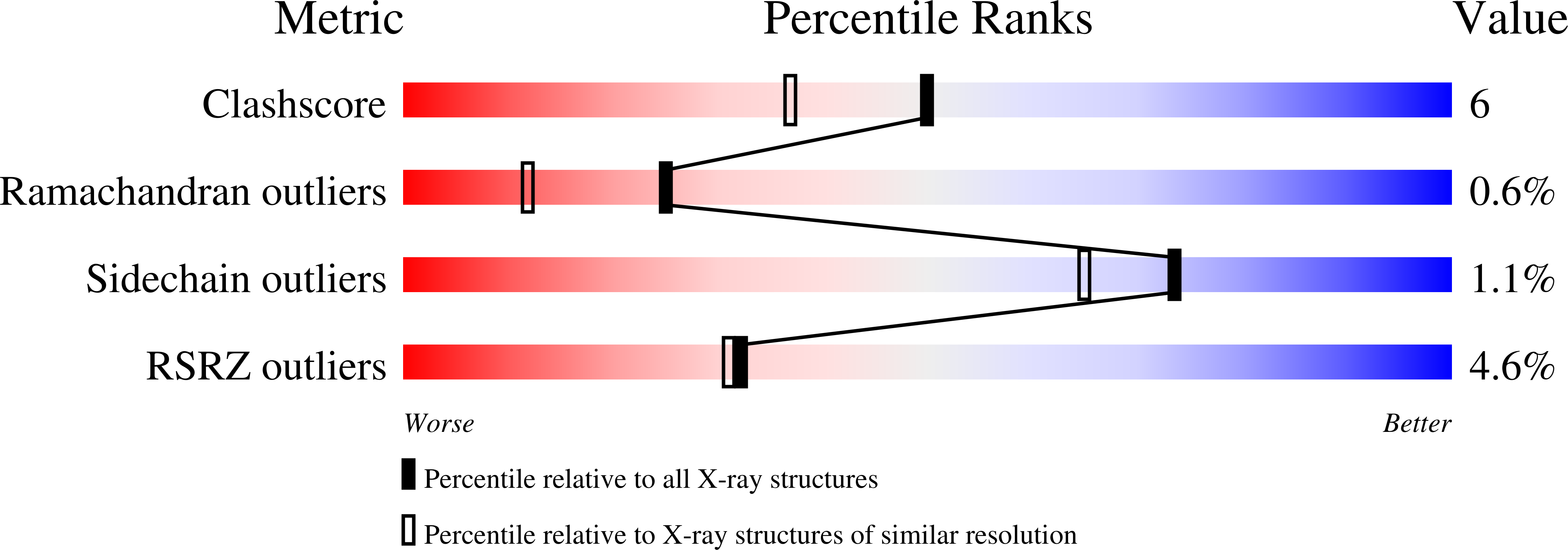
Deposition Date
2001-08-06
Release Date
2001-10-17
Last Version Date
2024-10-09
Method Details:
Experimental Method:
Resolution:
1.85 Å
R-Value Free:
0.24
R-Value Work:
0.22
Space Group:
P 21 21 21


